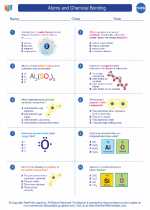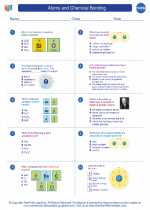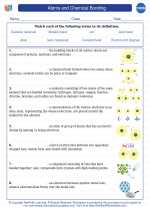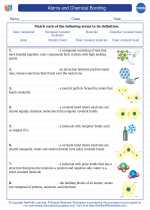Transmission in Chemistry
Transmission in chemistry refers to the movement of energy or particles from one substance to another. This process can occur through various mechanisms, including conduction, convection, and radiation.
Conduction
Conduction is the transfer of heat or electricity through a substance by direct contact. In the context of chemistry, conduction often refers to the transfer of heat from one molecule to another through collisions. This process is important in understanding how heat is transferred within solids.
Convection
Convection is the transfer of heat through the movement of fluids, such as liquids or gases. This process involves the transfer of energy through the movement of the fluid itself. In chemistry, convection can be observed in processes such as boiling and the movement of fluids in reaction vessels.
Radiation
Radiation is the transfer of energy through electromagnetic waves. In the context of chemistry, radiation can be important in processes such as spectroscopy, where the interaction of matter with electromagnetic radiation provides valuable information about the composition and structure of substances.
Study Guide
When studying transmission in chemistry, it's important to understand the different mechanisms through which energy and particles can be transferred. Key concepts to focus on include:
- The factors that influence conduction, such as the nature of the material and the temperature gradient.
- The role of convection in processes such as heat transfer in liquids and gases.
- The interaction of matter with electromagnetic radiation and its applications in spectroscopy.
Additionally, it can be helpful to explore real-world examples of transmission in chemical processes, such as heat transfer in industrial reactors or the use of radiation in medical imaging.
By understanding the principles of transmission in chemistry, you can gain insights into a wide range of natural and technological processes, from the behavior of materials to the design of energy-efficient systems.
.◂Chemistry Worksheets and Study Guides High School. Atoms and Chemical Bonding

 Worksheet/Answer key
Worksheet/Answer key
 Worksheet/Answer key
Worksheet/Answer key
 Vocabulary/Answer key
Vocabulary/Answer key
 Vocabulary/Answer key
Vocabulary/Answer key
